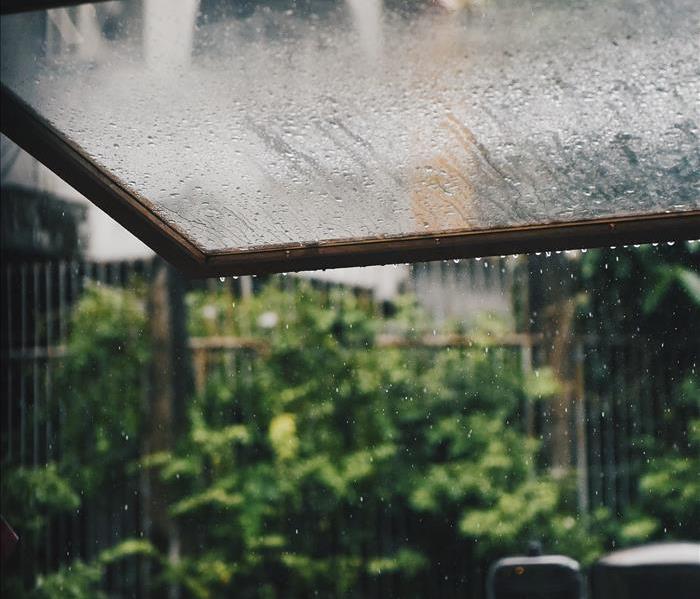5 Essential Steps to Prevent Water Damage in Your Home This Fall
10/25/2023 (Permalink)
 Heavy rains, falling leaves, and the gradual transition to winter can all contribute to water-related issues.
Heavy rains, falling leaves, and the gradual transition to winter can all contribute to water-related issues.
As the leaves change colors and the air turns crisper, the arrival of fall brings a unique set of challenges for homeowners. One of the most significant threats during this season is water damage. Heavy rains, falling leaves, and the gradual transition to winter can all contribute to water-related issues. To help you safeguard your home, we've compiled a list of five essential steps you can take to prevent water damage this fall.
Clean and Maintain Gutters and Downspouts
Your home's gutters and downspouts are your first line of defense against water damage. They channel rainwater away from your roof and foundation, preventing potential leaks and flooding. In the fall, it's crucial to clean your gutters regularly. Falling leaves and debris can clog gutters, leading to overflow and water damage. Here's what you can do:
- Remove leaves, twigs, and debris from the gutters.
- Ensure downspouts are clear and extend at least 5-6 feet away from your home's foundation.
- Inspect gutters for damage or leaks and make necessary repairs.
- Inspect and Maintain Your Roof
- Your roof is another vital component in keeping water out of your home.
- Check your roof for missing or damaged shingles, cracks, and leaks.
The fall is an ideal time to inspect your roof since it's essential to address any issues before winter's harsh conditions arrive. If you're not comfortable doing this yourself, consider hiring a professional roofer to inspect and repair any problems.
Seal Gaps and Cracks
Water can find its way into your home through even the smallest gaps and cracks. Inspect the exterior of your house for any openings, including around windows, doors, and the foundation. Use caulk or weatherstripping to seal gaps and prevent water intrusion. Pay close attention to areas where you've had problems in the past or areas that are prone to drafts.
Landscape Maintenance
Landscaping can have a significant impact on preventing water damage. In the fall, it's essential to manage leaves, which can accumulate in your yard and clog drains. Here's what you can do:
- Regularly rake or mulch leaves to prevent them from blocking drainage systems.
- Trim trees and branches away from your roof to reduce the risk of fallen debris during storms.
- Ensure your yard is properly graded to direct water away from your home's foundation.
- Inspect Your Sump Pump and Basement
- Fall is a good time to check your sump pump and basement for potential water issues. Test your sump pump by pouring water into the pit and making sure it activates properly. Ensure it discharges water away from your foundation. Additionally, inspect your basement for any signs of water damage, such as dampness, mold, or mildew.
- Address any problems promptly to prevent more extensive damage.
Preventing water damage in your home during the fall is a proactive and essential task for homeowners. By following these five steps—maintaining your gutters and downspouts, inspecting and maintaining your roof, sealing gaps and cracks, managing your landscaping, and inspecting your sump pump and basement—you can significantly reduce the risk of water-related issues. Remember, an ounce of prevention is worth a pound of cure, especially when it comes to safeguarding your home and belongings from water damage. Take these steps, and you'll enjoy a dry and worry-free fall season.

 24/7 Emergency Service
24/7 Emergency Service